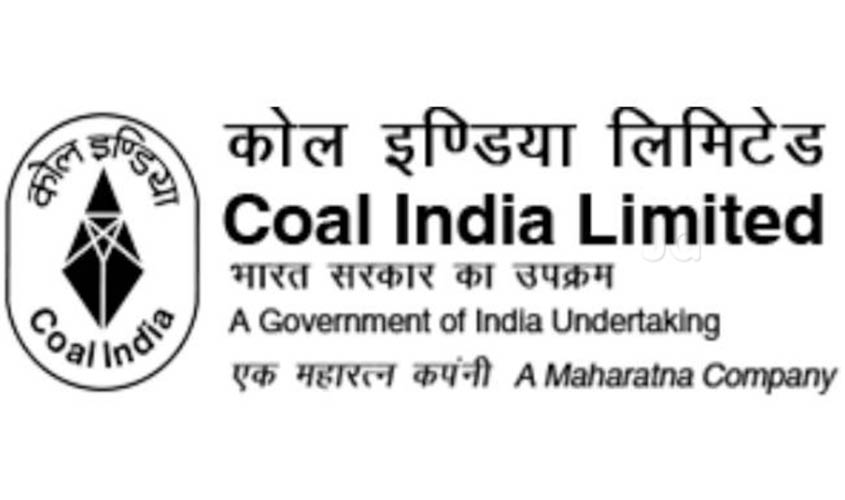New Delhi: The Centre is mulling a proposal to divide the state-owned Coal India Limited (CIL) into five different entities in a bid to raise funds. A source said that initial level talks on listing the profit-making arms of CIL on the stock-exchange are going on and the Department of Investment and Public Asset Management (DIPAM) is examining the proposal.
NITI Aayog had, in 2017, suggested breaking up CIL’s subsidiaries into separate entities so that each could develop its own strategy and business model. The move gathered momentum with the government considering the proposal at the time. The idea was deferred following resistance from CIL’s workers and officers. However, the government is examining the proposal again, as part of reforms in the coal sector.
The CIL accounts for over 80% of India’s domestic coal output. In 2018-19, the total coal production in the country was 730 million tonne (MT). Out of this, CIL produced 606 MT, which is 83% of the total production.
Union Coal Minister Prahlad Joshi could not be reached for his remarks.
It is to be noted that the CIL has seven wholly-owned coal producing subsidiaries and one mine planning and consultancy company, CMPDI. The seven arms are: Eastern Coalfields Ltd (ECL), Bharat Coking Coal Ltd (BCCL), Central Coalfields Ltd (CCL), Western Coalfields Ltd (WCL), South Eastern Coalfields Ltd (SECL), Northern Coalfields Ltd (NCL) and Mahanadi Coalfields Ltd (MCL). However, the five profit-making subsidiaries that are under consideration include SECL, MCL, NCL, CCL and CMPDI.
The Niti Aayog has said that the implementation of the proposal to spin-off the subsidiaries of CIL as separate public sector entities must also be implemented so that they may independently develop their own strategies and business models. “We must corporatise the seven subsidiaries of CIL into independent companies and allow them to compete against one another in an open coal market,” the Aayog has suggested. It has also suggested using a market mechanism to open the coal mining sector for commercial mining.
The Aayog was drafting a National Energy Policy and the idea of unbundling was part of its deliberations. The policy is likely to answer issues related to the country’s transition to renewable energy, universal access to power by 2022, lowering dependence on imports and increasing energy security.
Interestingly, the previous Manmohan Singh government had made a similar proposal in 2013, for which a consultancy firm, Deloitte Touche Tohmatsu, was hired. The move saw heavy resistance from the CIL workers’ union and the plan was scrapped. The CIL has a workforce of over 3.5 lakh.
The restructuring of CIL was originally proposed by the T.L. Shankar Committee, which submitted its recommendations in 2007. The committee had suggested making changes at the board level by making the CMD of CIL, chairman of the boards of all subsidiaries. The idea was to hold the CIL CMD accountable for the performance of the subsidiaries.
CIL was formed in 1975 as part of the effort to nationalise the coal sector. Initially, four coal production subsidiaries were set up. Later on three more were added.

